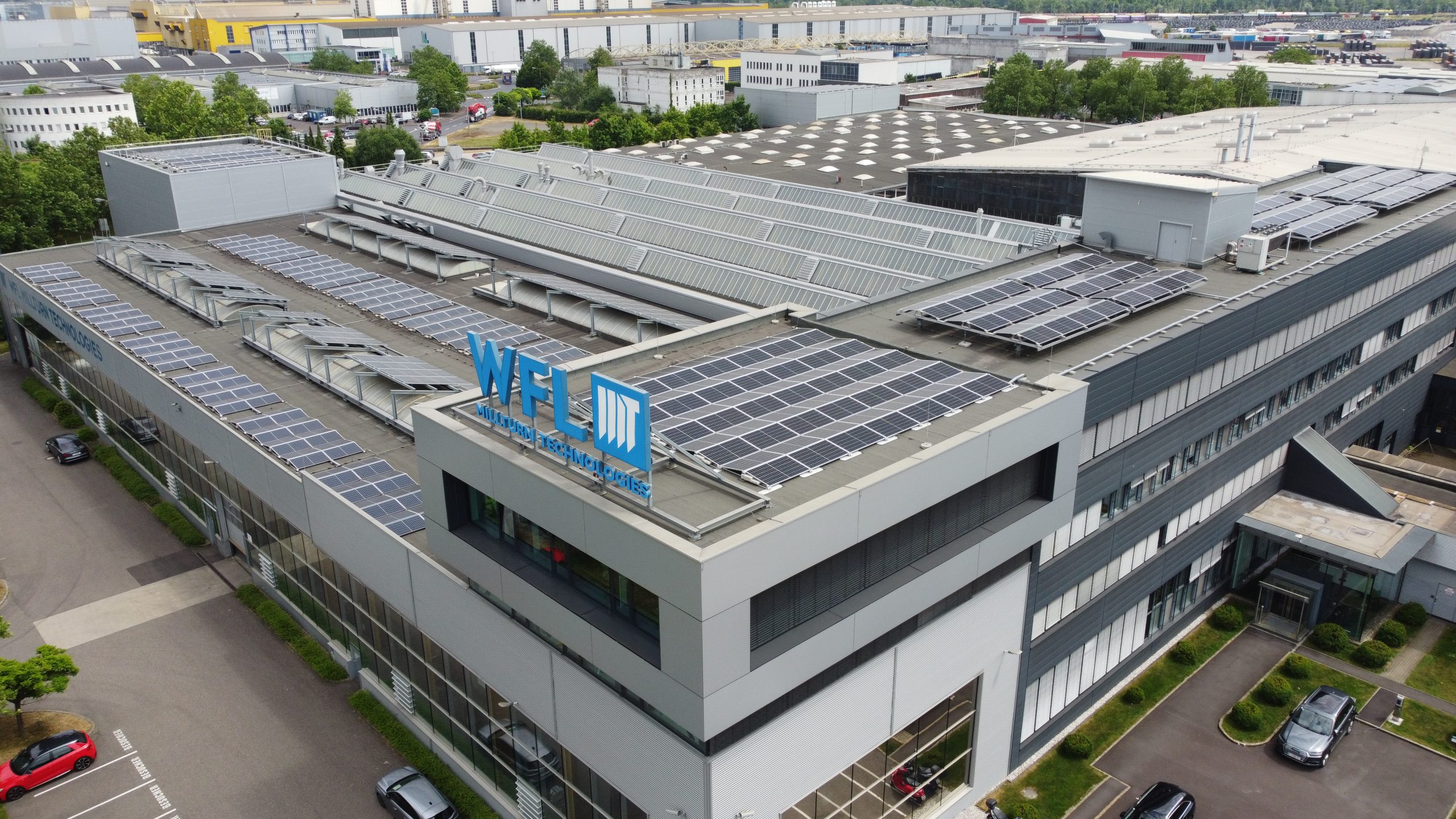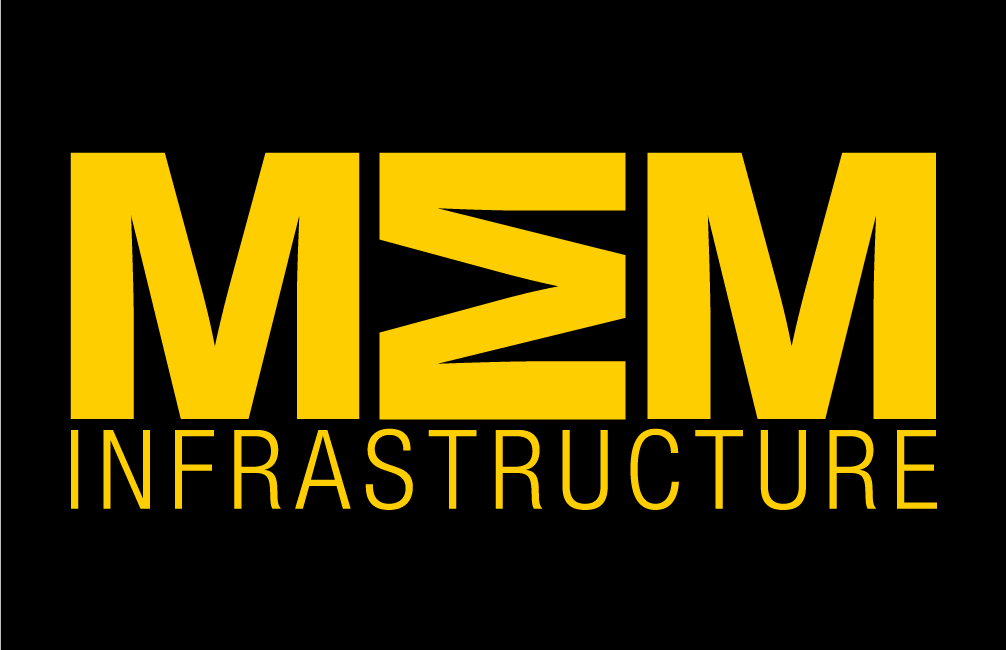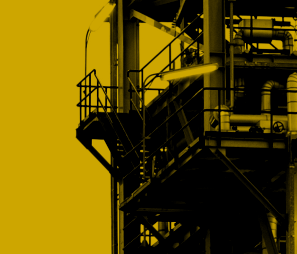WFL attaches great importance to the precision, safety and quality of all its machining processes, from deep hole drilling and internal turning to chamber boring. In our “All eyes on” article, we shine a light on internal machining in detail.
The most basic form of internal machining is drilling. Deep hole drilling is something of a special case. It is one of the special disciplines within the field of metal cutting, particularly as these kinds of machining steps usually require special equipment in terms of both tools and machines. In drilling terms, holes with a diameter between 0.2 and 500 mm and a drilling depth typically greater than five times the diameter are generally considered to be ‘deep’ holes. At smaller hole diameters, the length to diameter (L/D) ratio may be as high as ≤ 100 or even 400 in special cases, depending on the process and workpiece involved. At large diameters, the length to diameter ratio is mainly limited by the travel path of the machine or its bed length.
As the MILLTURN is so flexible, deep hole drilling tools with a wide range of holders and cooling lubricant systems can be used:
- Rotating tool: Directly held (HSK, Capto, etc.) and a cooling lubricant supply through the milling spindle or via bypass. This is used primarily for small holes.
- Rotating tool: Prismatic tool accommodation and a cooling lubricant supply through the milling spindle or via bypass as in the example above. Is used for deeper holes with larger diameters.
- Non-rotating tool: Prismatic tool accommodation and a cooling lubricant supply via bypass.
Cooling lubricant supply: an essential element
What challenges does WFL face when it comes to deep hole drilling? Firstly, the ensuring optimal cooling lubricant supply all the way to the tool cutter. And secondly, even and efficient swarf removal, with a low hole centre deviation and short tool life, even for materials that are difficult to machine.
The fundamentals of deep hole drilling are how to introduce cooling lubricant to the tool cutter, how to remove swarf at a steady rate, and how to create the straightest possible hole. With a coolant pressure of 10 to 350 bar and a coolant volume of 25 to 800 litres, WFL can cover all requirements.
Various drilling tools have been developed over the years to suit different purposes. For deep hole drilling processes, the cutting body consists of solid carbide or indexable inserts and additional guide strips made of carbide. This arrangement ensures the drill is supported at the wall of the hole, which increases accuracy and makes it easier to centre the drill during the process.
Internal turning as a machining discipline

The turning-boring-milling centres from WFL offer solutions that deliver process reliability even when carrying out extremely deep internal turning procedures. There are three variants to choose from. Standard internal turning processes can be carried out with internal turning tools and boring bars in a standard tool holder. A tool holder is employed via the WFL prism tool interface for longer boring bars. The option of using a separate additional compound slide is available for boring bars that are particularly large with a considerable overhang. Boring bars of up to 300 mm in diameter and an overhang of 3000 mm are used in this case.
The key discipline of chamber boring
WFL makes a distinction between two key groups: chambers in the centre of a rotating workpiece or outside the centre of a workpiece with a rotating tool. The centric variant is often applied in aviation, for example for landing gear and drive shafts, while the eccentric option is used in the oil and gas industry.
The issue of removing swarf
The benefits of chamber boring with a Millturn are clear: precise chamber boring in a centric and eccentric position, as well as the tailored cooling lubricant solution for optimised chip breakage and swarf removal. What’s more, chamber boring tools up to a length of 3000 mm and a tool weight of 400 kg (on a M200 MILLTURN) can be conveniently stored in the prismatic tool magazine and automatically switched in.
Measuring the tool drift in a Millturn
Workpiece measurement is another extremely significant part of internal machining. The WFL measuring cycles are an easy-to-use intelligent measuring strategy involving a wall thickness measurement being carried out using an ultrasonic measurement method. The individual steps are:
- Wall thickness following deep hole drilling
- Ultrasonic wall thickness measurement
- Calculation of a new workpiece turning centre based on the workpiece inside diameter
- Turn-milling of new clamp positions for power chuck and self-centring steady rest
- Result: clamp and steady rest positioning are now concentric to the deep drilled hole
WFL iControl carries out process monitoring using configurable process signals, collision monitoring thanks to the collision alarm, tool breakage monitoring by monitoring the process signals of the expected progression over time and tool wear monitoring using ‘yellow limits’ and energy limits.
A vibration-damped boring bar with integrated sensors gives process reliability an extra boost. The integration of smart sensors in tools enables detailed tool information and machining states to be called up on the machine control, a tablet or a PC. Signals are transmitted via Bluetooth so that the machine can respond interactively to a defined trigger event. The process can be visualised for documentation purposes and is therefore fully transparent. Suitably equipped Silent Tools Plus boring bars provide information on utilisation, temperature, deflection and the surface quality achieved and actively intervene in the machining process in the event of an overload.
A TecTalk on this topic was published in October. Tune in and get informed.
Manufacturing & Engineering Magazine | The Home of Manufacturing Industry News















